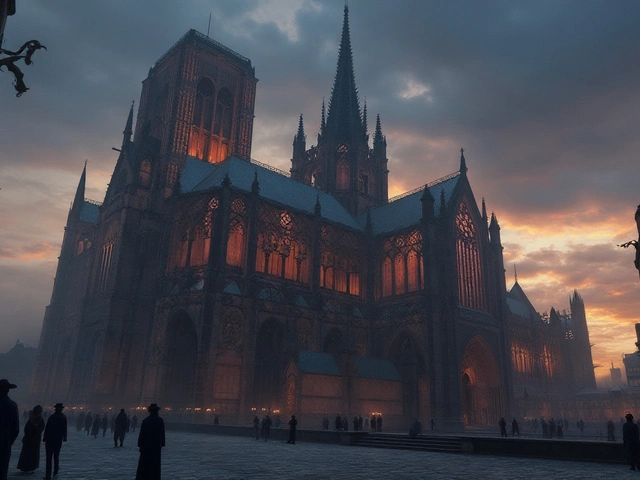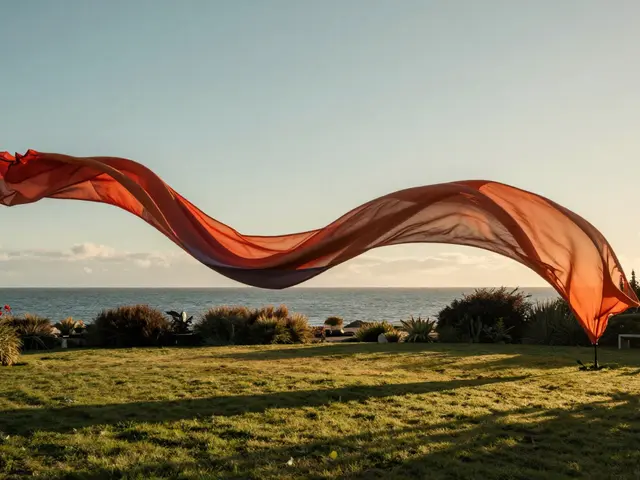Unraveling the Essence of Primitivism
Primitivism, often misunderstood and underappreciated, beckons us into a world where simplicity and raw emotion override the technical mastery and aesthetics championed by classical art movements. At its core, primitivism is not merely an art style but a philosophical stance, questioning the foundation upon which we build our understanding of beauty, technique, and civilization itself. It's a bold proclamation that sophistication and complexity are not prerequisites for profound artistic expression.
Historically, primitivism emerged at a time when artists began to feel disillusioned with the industrial revolution's influence on society and art. They yearned for a connection to something more authentic, uncorrupted by the rapid advancements and societal shifts. This longing led them to look beyond the borders of the Western world, drawing inspiration from the artworks of indigenous peoples, ancient civilizations, and children. These sources, deemed 'primitive' by the contemporary standards of the time, offered a fresh perspective, untainted by the complexity of modern life.
The term primitivism itself is fraught with controversy, often criticized for its connotation of inferiority when comparing non-Western cultures to Western standards. Despite this, artists like Paul Gauguin, Henri Rousseau, and later, Pablo Picasso, found value and unparalleled beauty in these so-called primitive arts, incorporating their elements into their work, thereby challenging the prevalent norms of their day.
Principles That Shape Primitivism
At the heart of primitivism lies a set of principles that distinguish it from other art movements. Simplicity in form and color, emotional rawness, and an emphasis on humanity's innate connection with nature are among the key characteristics that define this style. Artists embracing primitivism sought to strip away the veneer of sophistication that society had built, revealing the underlying truths about human experience and emotion.
Perhaps the most significant principle of primitivism is its rejection of traditional perspectives on artistic hierarchy and value. This perspective allowed for a more inclusive view of art, where the works of non-professional artists, folk art, and artifacts from non-Western cultures were held in the same esteem as those of the acclaimed masters. It's a testament to the movement's belief in the universal ability to express and the inherent value found in every form of artistic endeavor.
Another defining feature of primitivism is its inspiration from nature and the desire to return to a more fundamental, unspoiled state of being. This desire is not merely an aesthetic choice but a profound commentary on the human condition and our place in the world. It speaks to a collective yearning for an escape from the complexities and alienation that come with modern civilization, suggesting that true beauty and understanding may lie in the simplicity and purity of the natural world.
Influential Artists and Their Contribution
The impact of primitivism can be seen in the works of various influential artists who dared to step outside the conventional boundaries of their time. Paul Gauguin, with his bold use of color and form, drew heavily from his experiences in Tahiti, incorporating themes and styles that reflected his admiration for the culture's unspoiled purity. His work not only challenged the European art scene but also sparked a broader interest in non-Western art forms.
Henri Rousseau, although never leaving France, created vivid jungle scenes that captured the imagination and introduced an element of fantasy and mystery to the primitivism movement. His self-taught status and naive style embodied the primitivism ethos, demonstrating that technical training was not necessary for profound artistic expression.
Pablo Picasso's encounter with African art, particularly through the masks and sculptures, profoundly influenced his work, leading to the creation of Cubism. This revolutionary art movement, while distinct, owes much of its foundational ideas to primitivism, highlighting the movement's far-reaching impact beyond its own confines.
Primitivism's Impact on Modern Art
The reverberations of primitivism can be felt throughout the 20th century and into the contemporary art world. It challenged and expanded the boundaries of what was considered art, introducing ideas and aesthetics that have been continually explored and reinterpreted by subsequent generations of artists. Primitivism's influence is evident in the rise of abstract expressionism, where the emphasis on emotional authenticity and spontaneity echoes the primitivist ethos.
Fauvism, with its bold, unbridled use of color and form, also draws from the primitivist palette, celebrating the raw, emotional potential of art unfettered by traditional constraints. Even today, artists continue to grapple with the themes of primitivism, exploring the tensions between civilization and nature, the complex layers of cultural identity, and the perpetual quest for authenticity in a world that often prizes superficiality.
Challenging Conventional Perceptions
One of the most profound aspects of primitivism is its ability to confront and redefine our perceptions of art and culture. Through its elevation of so-called primitive art forms, primitivism questions the very criteria by which we judge artistic value, shining a light on the oft-ignored beauty and complexity inherent in these works. It's a movement that not only broadens our aesthetic horizons but also encourages a more inclusive, holistic view of humanity's creative legacy.
This questioning of norms extends beyond the realm of art, touching on deeper discussions about cultural appropriation, the legacy of colonialism, and the ethical considerations of drawing inspiration from other cultures. Primitivism reminds us that art is not just a matter of style or technique but a reflection of our values, biases, and the interconnectedness of the human experience.
The Allure of Simplicity and Rawness
The allure of primitivism lies in its celebration of simplicity and rawness, both in emotional expression and aesthetic form. It's a stark reminder that art's power does not solely reside in its complexity or technical prowess but in its ability to resonate on a fundamental, human level. Primitivism invites us to look beyond the surface, to find beauty in the unadorned, and to connect with the intrinsic qualities that make us human.
In a world increasingly dominated by technology and complexity, the principles of primitivism offer a refreshing counterpoint, advocating for a return to the basics, to the core of what makes art meaningful. It's an invitation to reevaluate our priorities, to seek out authenticity, and to embrace the imperfect, the unrefined, and the truly human aspects of artistic expression.
Cultural Impact and Legacy
Primitivism's legacy extends far beyond the confines of the art world, influencing literature, music, fashion, and design. Its ethos can be seen in the minimalist movements that seek to strip away the unnecessary, focusing on the essence of form and function. In literature and music, primitivism has inspired works that explore the primal aspects of the human condition, using simplicity and raw emotion to convey universal truths.
As we continue to navigate a rapidly changing world, the principles of primitivism remain as relevant as ever, reminding us of the value of simplicity, the beauty of the natural world, and the unbreakable bond we share with our cultural heritage. It's a movement that encourages us to look inward, to question the norms that define our understanding of art and culture, and to celebrate the diverse tapestries that weave together the human experience.




